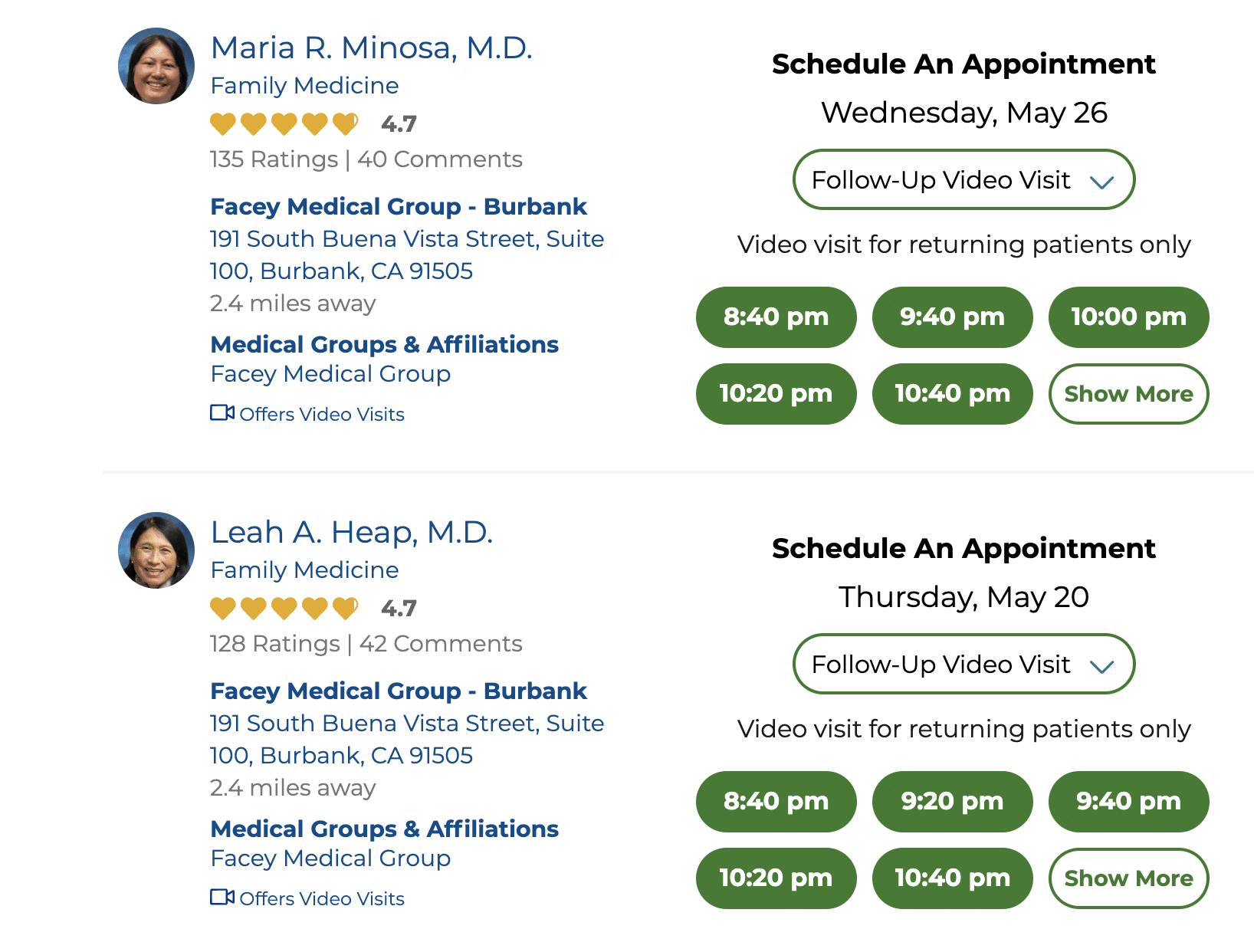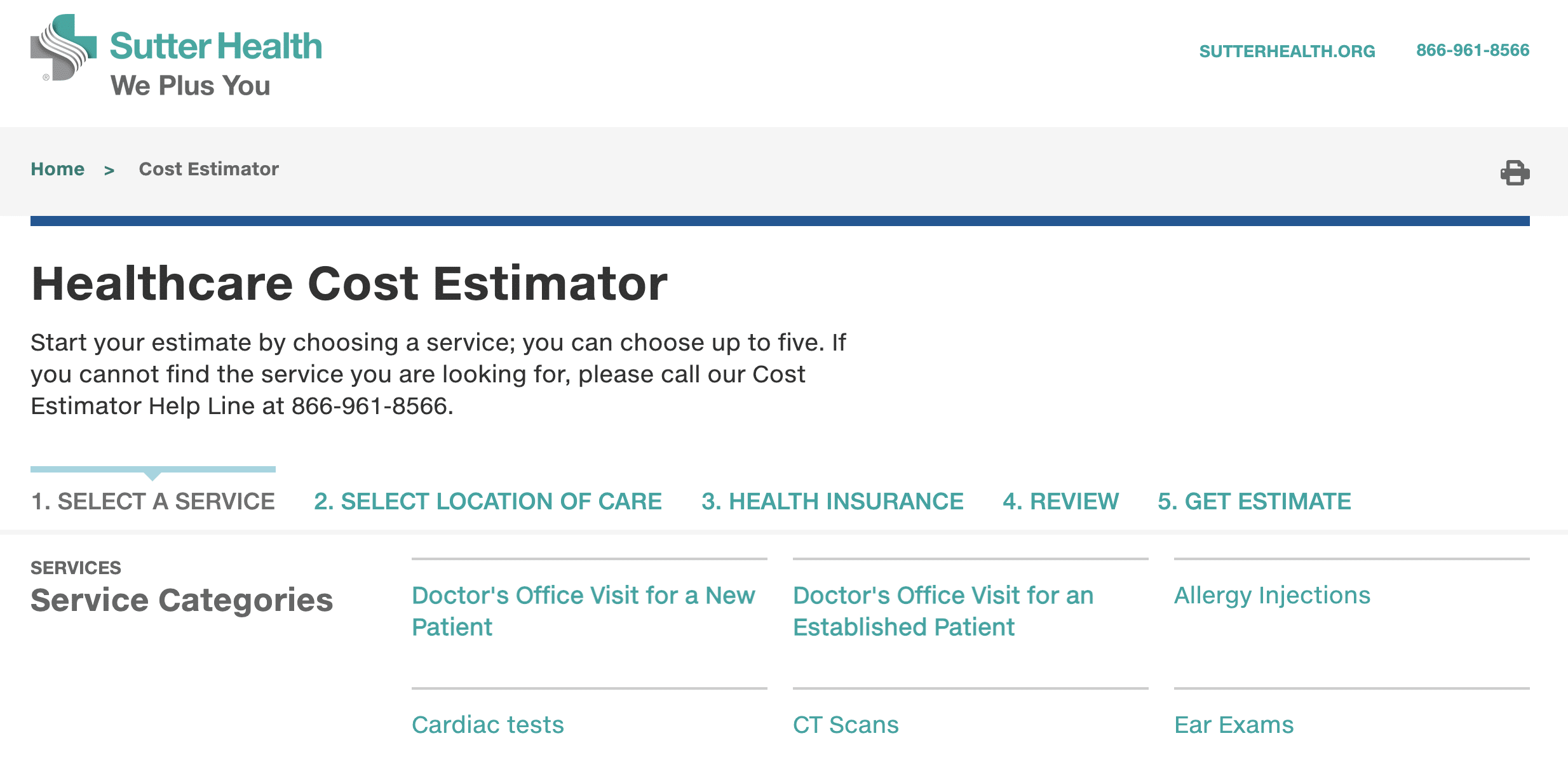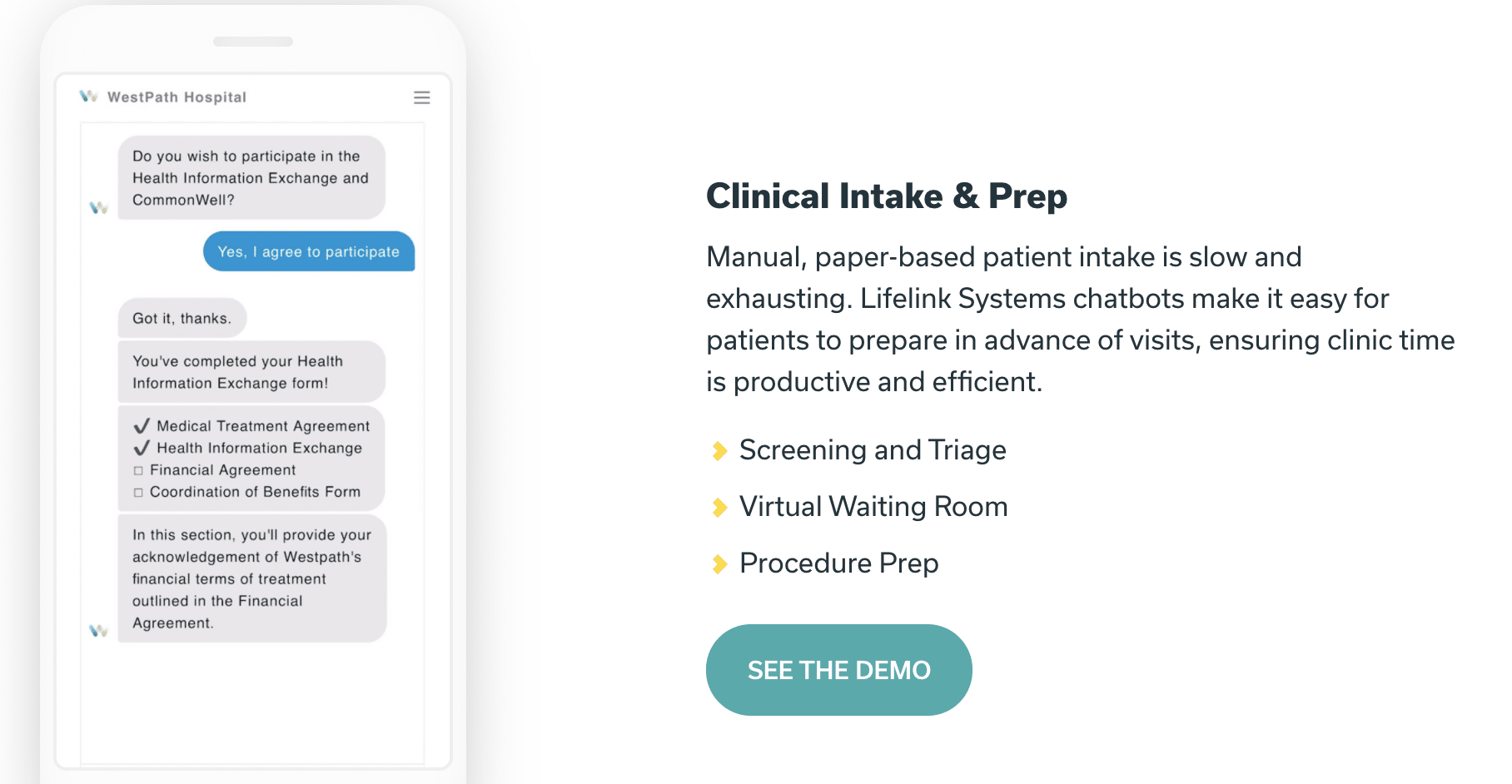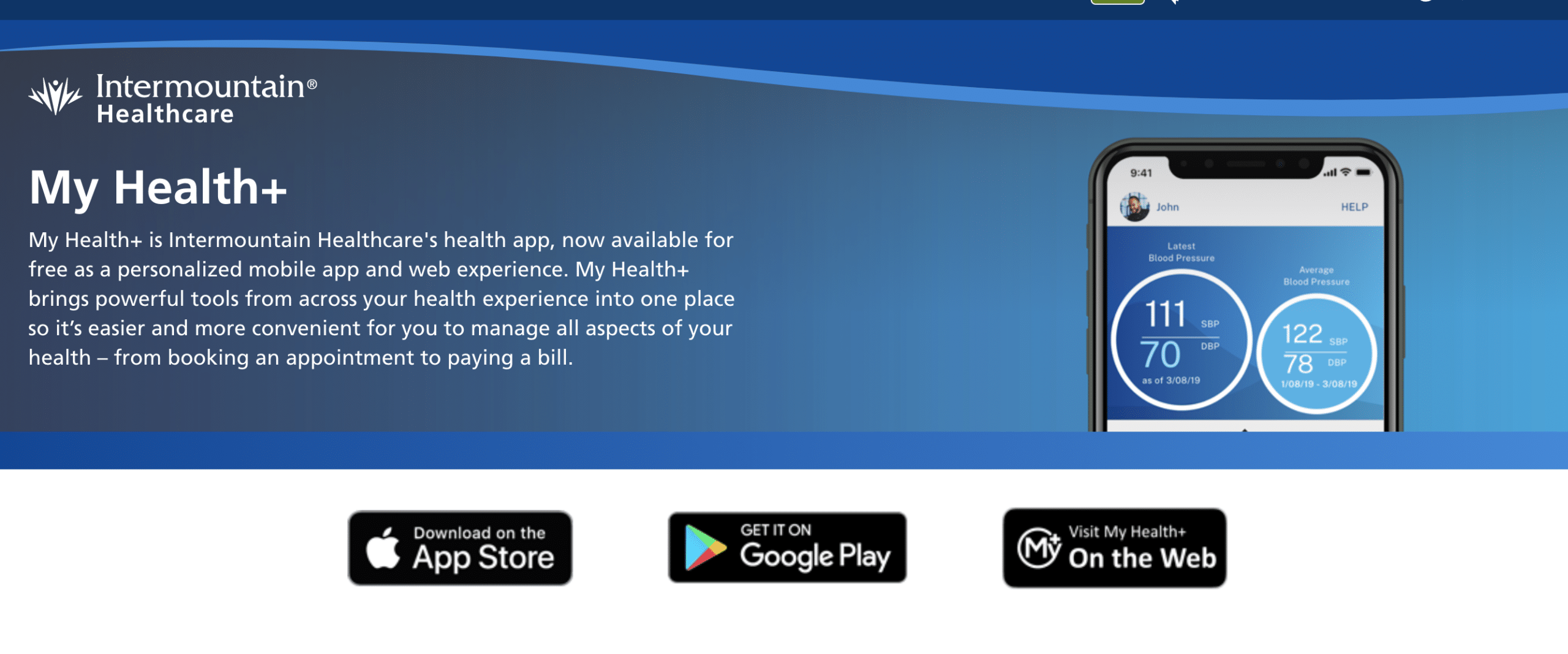
Consumerism is changing the way people navigate care-seeking decisions. They want choices, convenient access and a good value. Healthcare marketers play a key role in bringing this experience to users. It’s up to them to create a digital presence that shows people, “We’re all about your needs.”
Marketing your consumer-centric offerings requires a slightly different approach. And we’re here to help. Read on for 5 examples of hospitals that are successfully marketing the special information and services spurred by consumerism.
Showing You’re All About Consumerism
Amazon and other online retail outlets have changed buying behaviors forever.. We’re used to having all the information we need for purchasing decisions at our fingertips. People want the same experience when seeking healthcare services.
So how do you demonstrate that your hospital has the goods when it comes to consumerism? See how 5 hospitals are forging ahead.
Enhanced Physician Search and Appointment-Making Capabilities
We love online ordering for just about anything we need. Home office supplies, dinner, shoes, you name it. So when we need healthcare services, the last thing we want to do is make a phone call.
And many healthcare organizations are answering the call (no pun intended) for easier access with online appointment-making capabilities. But when you’re not sure which specialist you need or if they’re accepting new patients, a phone call seems inevitable.
Take it to the next level: Savvy healthcare organizations are answering more of these questions through enhanced physician search. Users can get the information they need without having to pick up the phone.
See it in action: Providence allows patients to search for providers by symptom or condition. Search results show you which providers meet your criteria and then let you book an in-person or virtual visit.
Consumer-Friendly Price Transparency Information
This year, a Centers for Medicare and Medicaid Services (CMS) rule went into effect, requiring hospitals to make pricing information available online. Hospitals must list charges for select services, including prescription drugs, diagnostic imaging and surgeries. The goal is to enable users to shop around just like they do for other important purchases.
But price transparency can quickly become opaque. The CMS rule requires hospitals to report multiple payers’ charges for *300* services. It’s a LOT of information at once and a type of data that consumers aren’t used to navigating.
Take it to the next level: Create pricing tools to help users quickly find relevant cost information. Some users wish to compare costs between hospitals or in- and out-of-network providers. Others are set on seeing a specific provider and just want to know what to expect. Transparency helps all of these users know their approximate costs before arriving at the hospital. Plus, this type of information helps patients feel more settled and at ease, because it takes away a huge unknown of medical care (the cost!)
See it in action: Sutter Health’s Cost Estimator Tool. After answering a series of prompts about the type of service and preferred location, consumers receive real-time estimates based on their insurance.
Digital Paperwork and Virtual Waiting Rooms
People want convenient access to care, and the indelible mark of COVID-19 means it also needs to be safe. Savvy hospitals have leveraged these wants and requirements to eliminate two things patients loathe: Filling out paperwork and sitting in a waiting room.
Healthcare workers and office staff already face a higher risk of COVID-19. The risk goes up with the potential for indirect transmission from contaminated pens, papers and clipboards. And no patient or staff member wants to increase their risk by sharing a waiting room with other people.
Take it to the next level: Healthcare organizations are doing right by COVID-19 standards and consumerism by going digital and virtual. Keep up these patient-friendly practices beyond the pandemic.
See it in action: Banner Health patients complete their paperwork by clicking on links they receive via text appointment reminders. They also receive text messages outlining COVID-19 protocols. When they arrive in the parking lot for their appointment, they click on a text link to enter a virtual waiting room. They can choose to wait in their cars until their appointment. When their exam room is ready, they receive a text letting them know where to go.
Online Patient Financial Services Center
Consumer-directed health plans are changing the way people pay for their care. If you have a high-deductible plan, you need to pay more out of pocket. And when bills come due, people have about as much patience for writing and mailing a check as they do for calling to make an appointment.
Healthcare organizations are solving that frustration by making it easier and more convenient to handle payment transactions online. Online bill pay is a great start.
Take it to the next level: Even better than online bill pay, is setting up an online financial services centers to address questions and challenges people have.
See it in action: Cedars Sinai’s Billing and Insurance page summarizes services and links in a simple, elegant display. Two options for online bill pay, financial assistance and cost estimators — it’s all there.
Wrap It All Up With a Hospital-Branded App
Hospital apps aren’t new. You can read what we had to say about do’s and don’ts in 2014 and
voice and tone in 2013. And these recommendations still hold true today. But research shows that only 2% of patients use them.
Take it to the next level: Offer the features that consumers find most helpful, including:
- Non-urgent messaging with providers
- The ability to request prescription refills
- Telehealth visits that can be held via the app
- Easy scheduling and appointment reminders
See it in action: Intermountain Healthcare. Their My Health+ app is free and lets users personalize their experience. It makes life easier for patients with offerings that include COVID-19 information, online appointment scheduling and bill pay options and the ability to manage family appointments.
Get More Consumerism Tips
This post is the second in a 4-part series about healthcare consumerism.
You can start with the basics by reading: Consumerism in Healthcare Isn’t So Different After All: 5 Insights.
In upcoming posts, we’ll provide additional tips and strategies that start building brand loyalty in just a few clicks:
- Tactics you can use to be more responsive to the consumerism movement.
- The role of convenience in healthcare consumerism.











